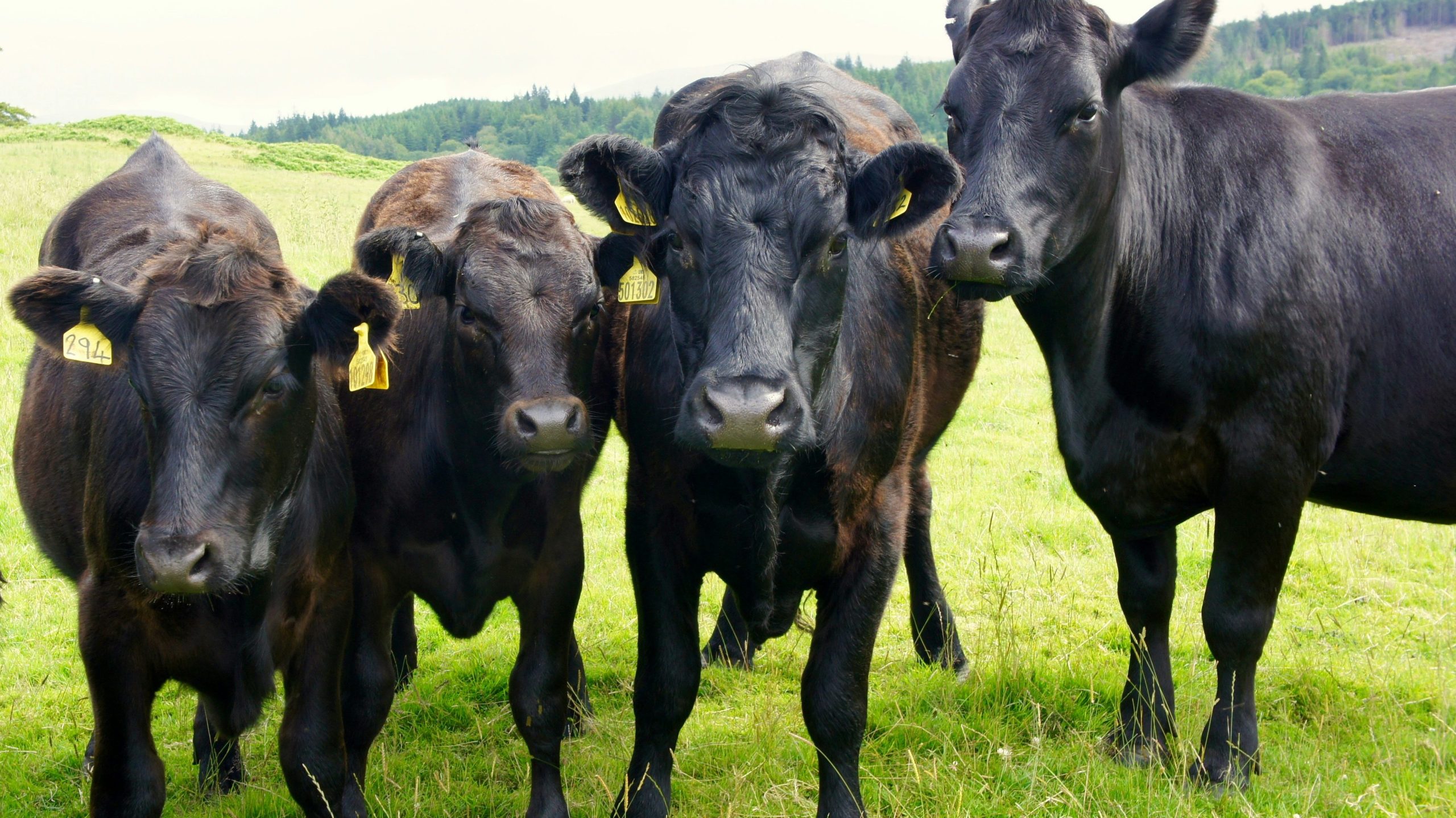Grass fed Beef vs Grain fed Beef
When it comes to beef, not all cuts are created equal, and how cattle are raised plays a big role in the final product. As more people become conscious about what they eat and where it comes from, the question arises: Is grass-fed beef really better than grain-fed beef?
Let’s break it down.
What is Grass Fed Beef?

Grass-fed cattle eat a natural diet of grass and forage, like clover and thistles. They live outdoors, grazing freely on open pastures.
Benefits of Grass-Fed Beef:
- Higher in omega-3 fatty acids
- Contains more vitamins A & E
- Lower in calories per pound
- Cattle live a more natural, humane life
At TX BAR Grassfed, our cattle are never confined, never fed grains, and never treated with unnecessary antibiotics or hormones.
Grain Fed Beef

Things to Know:
- Often cheaper in supermarkets
- May have higher fat content
- Grain diets can cause digestive issues in cattle
- Cows are more likely to receive antibiotics and hormones
Typically raised in confined, high-stress environments
What Vitamins and Minerals are in Beef?
Beef is naturally packed with essential nutrients like vitamin B12, B3, and B6. It’s also a great source of iron, selenium, and zinc, all highly bioavailable, meaning your body can absorb and use them easily. In fact, beef contains nearly every nutrient the human body needs to survive.
Grass-fed beef, however, tends to offer a little more. It typically contains higher levels of omega-3 fatty acids, along with more vitamin A in the form of beta-carotene, and vitamin E, a powerful antioxidant that helps protect your cells.
So while all beef is nutritious, grass-fed beef gives you that extra boost — naturally.
Why We Choose Grass-Fed
At TX BAR Grassfed, we believe in raising cattle the natural way. Grass-fed beef is:
- Better for your health
- Better for the animal
- Better for the planet
You’re also supporting small, ethical farms who care about doing things right.
Final Thoughts
Grain-fed beef might be more affordable, but grass-fed beef offers more nutrients, better taste, and peace of mind.
Get in touch if you would are interested in the best quality of grass-fed beef that North California has to offer and want to put these tips into practice.








It’s cool that grain-fed beef can have lower fat content. My brother has been telling me about how he wants to reduce the amount of fat in his diet in the coming weeks. I’ll share this information with him so that he can look into his options for beef that’s been fed with grain and corn instead of grass.